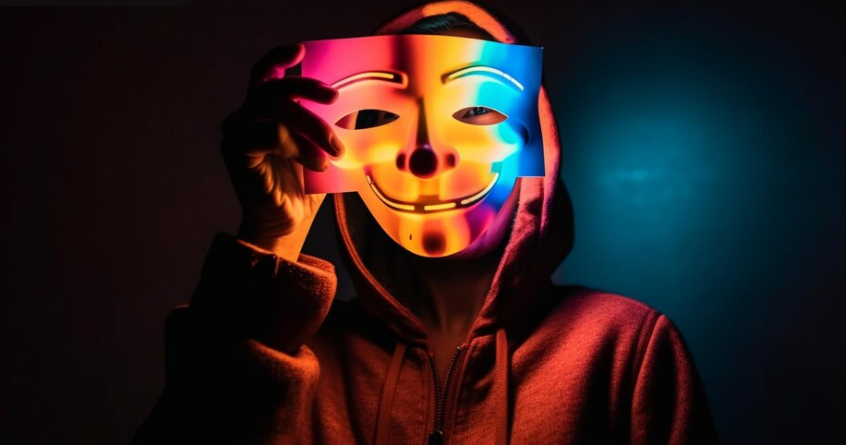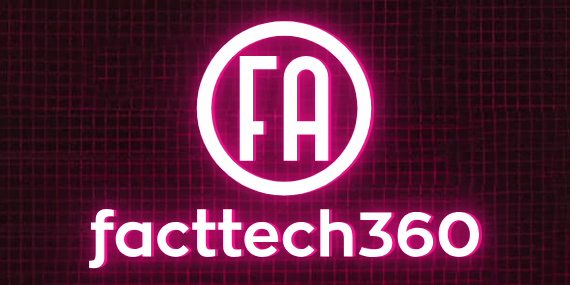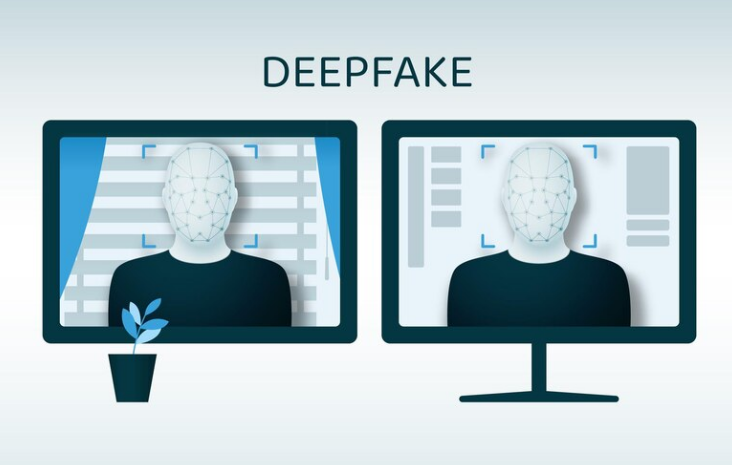Let’s discuss about Deepfakes, The rise of deepfakes is one such disruptive and intriguing development in the age of accelerated technological disruption. Deepfakes are fake images, videos, or recordings in which a person’s face and voice have been digitally altered to create hyper-realistic content. Deepfakes Works – Deepfakes technology utilises artificial intelligence (AI) and machine learning (ML) in particular, deepfakes uses a subset known as Generative Adversarial Networks (GANs). While these tools are powerful they are also able to generate fabrications which can be virtually indistinguishable from authentic content, the issue this poses to verification, authenticity and trust is significant.
Understanding Deepfakes
Deepfake – portmanteau of deep learning and fake. Deep learning is a subfield of AI that includes algorithms capable to learn and make decisions from data. GANs are especially essential in making deepfakes. A GAN comprises of two neural networks: the generator, which generates the fake data, and the discriminator, which attempts to differentiate between real and fake data. The generator contin- ues to be upgraded until it can generate more convincing fake media through iterative competition.
Deepfakes first rose to prominence in the context of a range of abuses: as the means for producing non-consensual pornography, producing celebrity fake videos, and political disinformation. Application of these technologies in their early days suggested an alarming array of harms, which subsequently propelled large debates over its ethical consequences and thereby for secure verification.
Verifying the Verification
In an era where fake news can travel seamlessly across the global over the internet, validation of media is one of the most vital thing. But deepfakes are a whole other beast:
Complexity: The backend technology of deepfakes are becoming improved day by day. Advancements in GANs lead to better fakes that are increasingly difficult to discern. The battle of wits keeps escalating between deepfake creators and the detection algorithms, which ensures that the verification tool has to be always one step ahead of the fakers.
Accessible and widely distributed: The means to forge deepfakes have fallen more in peoples arms. Open-source software or user-friendly applications enable even novice users with limited technical know-how to produce realistic deepfakes. That broad availability means there are infinite opportunities for misuse, and makes it very difficult to ascertain even what is real.
Rapid Spread: Deepfakes can spread rapidly across the quicksand of social media and other digital channels. The technology moves so quickly that by the time a deepfake is identified as such and debunked, it could have already been watched by tens of thousands and shared by millions, willfully or not, which can serve to reinforce a factually unfounded story in the minds of the public.
Media Literacy Concerns: Deepfakes prey on psychological vulnerabilities. We also know that people tend to believe what confirms their beliefs (confirmation bias). All the more so when a deepfake neatly confirms preconceptions: this gets much harder to verify.
Legal and Ethical Framework: Deepfakes are a relatively new scientific advancement that lies in a realm of uncertainty with respect to the law. These issues of privacy, consent, and intellectual property make it difficult to place regulations and control on deepfakes, as we have already seen. In addition to the technical difficulties I have been describing, the issue of free speech and censorship also enters the picture when it comes to the ethical implications of verifying interventions.
Current Verification Methods
However, a number of methods and technological advancements are being made to detect and verify deepfakes.
Digital Watermarking: Inserting digital watermarks into original media based on which authenticity can be verified. Although these watermarks are generally invisible, they can be revealed by some software. The caveat is that this process necessitates watermarking all legal media before it is published.
AI & ML: As machine learning is used to create deepfakes, it can also be used to detect them. Media-Specific Artifact and Inconsistency Detection Algorithms For example, this may involve discrepancies in facial expressions, changes in lighting, and an unusual blinking schedule.
Blockchain Technology: Verification of media creation and distribution using blockchain. This means that each step of a media’s lifecycle can be tracked on a blockchain, establishing an immutable record that can then be referred to when checking validity.
Digital Forensics: Traditional forensics are applied to digital media. This piece of compressed information is analyzed by experts – which include both the metadata information, as well as inconsistencies on the pixel level improvements that have been made (or injected) elsewhere in order to detect if the media has been manually created.
Crowdsourcing Verification: Platforms can use human vetting(on a case by case basis) to verify the authenticity of the content posted. This way, users can flag dubious media, which can then be analysed by a community of experts to debunk potential deepfakes. This is not 100% foolproof but it’s a way to use the power of many minds to fight misinformation.

The Broader Implications
The growth of deepfakes is particularly troubling for society, where it impacts on politics, journalism and personal privacy.
Huge Threats for Political Manipulation – Deepfakes can also be employed to disrupt political processes by carrying out disinformation and propaganda. A strategically altered video of a politician making salient statements or displaying compromising behavior might sway the public and the direction of an election. That risk requires strong verification mechanisms, particularly in election years.
Journalistic Integrity: Visio and audio, journalists to get the news done through evidence. Deepfakes damage this endowment of belief by calling into inquiry the trustworthiness of such evidence. This will require news organizations to implement robust verification procedures of their own and inform their viewers about the use of deepfakes.
Deepfakes Privacy and Consent: Deepfakes can seriously violate the privacy of an individual. Anyone could have their face appear in unintended ways, such as in deepfakes porn. Defending civil liberties in the digital age means enacting novel laws and instituting new technologies to combat abuse.
In addition, it may just prompt a general erosion of trust in the media, in which it becomes increasingly difficult to trust if any photograph or video is authentic. But as people grow more wary of the veracity of the media they consume, the very idea of objective truth is in danger – and this can lead to more extremism and disillusionment.
Future Directions
In conclusion, the future challenge concerning deepfake verification will certainly demand an ecosystem that includes technology, policy, and, going beyond, education.
Detection Enabled by Technology: Further advancements in AI and ML will lead to better detection algorithms. These advances, as with real-time detection and a more nuanced toolkit for forensic analysis, will be instrumental in outpacing the deepfake lifecycle.
Government laws and regulations: Governments and regulatory authorities will need to create and enforce laws that are created specifically for deepfakes. That regulation might entail prison sentences for forging deepfakes with mal-intent, and compulsory disclosure and assent.
Public awareness and education: It is crucial to educate the masses on the existence and dangers of deepfakes. More effective media literacy programmes can enable us to think more clearly about the firehoses, but also better understand the tricks of the puppetmasters.
Collaboration and Standards: this will require tech companies, government, and civil society to work together. Setting media verification industry standards and sharing best practices can support a healthier information environment.
Ethical considerations, at this border of technology and political power, will be front and center in the development and use of both the deepfake technology and the verification tools. The benefits of technological innovation will need to be balanced with the importance of ensuring that machines are safe and used for the common good.
Conclusion
Deepfakes are a powerful tool which can also be either good things or bad things. Although they bring creative opportunities to entertainment and elsewhere, they are also presenting daunting challenges for verification and credibility in the digital age. Responding to these challenges calls for a tech solution by advanced technology, an administrative solution through the power of the law, accompanied by public education and ethical considerations. Facilitating a alliance of cross-discipline creatives and developers, society is able to design methods to simultaneously reduce the risk by designing the power of good that deepfakes hold.
What are Deepfakes?
Deepfakes are artificially created media that use AI to make them look real. They are typically videos, but can also be images or audio, that have been manipulated to show someone saying or doing something they never did.
What are some possible reasons cybercriminals might use Deepfakes?
Cybercriminals are drawn to deepfakes for some key reasons:
Economic crime: Regarding facial recognition, and voice recognition biometric security measures deepfakes can be used to forge interactions. Using a deepfake, a criminal could create a fake video of you and benefit wrongly from your bank account.
Fake ID Generation: It can also be used to make realistic looking, but synthetic IDs that can be used for fraudulent reasons.
Misleading content: It can be used to generate false videos for news dissemination easily online.


[…] discuss about Resideo Smart Home Technologies India Private Limited: Innovating the Future of Home Automation With the growing need for […]